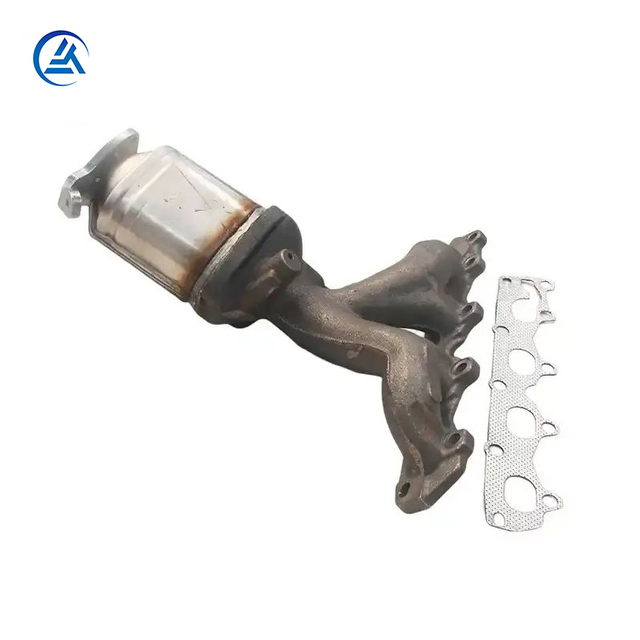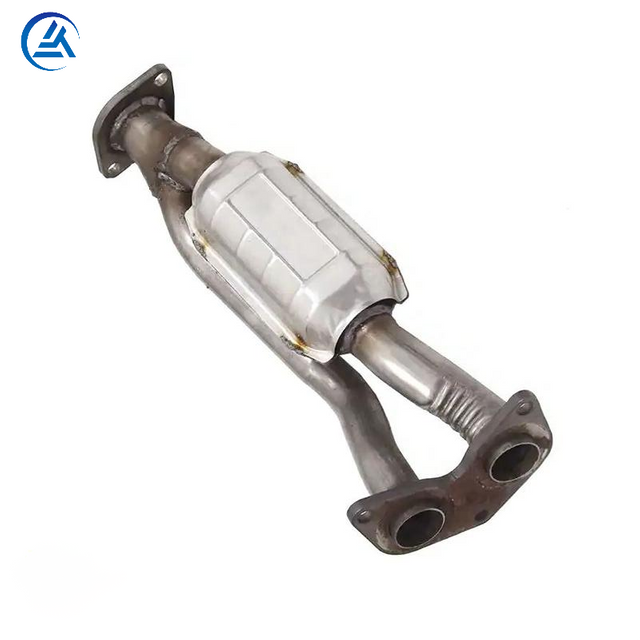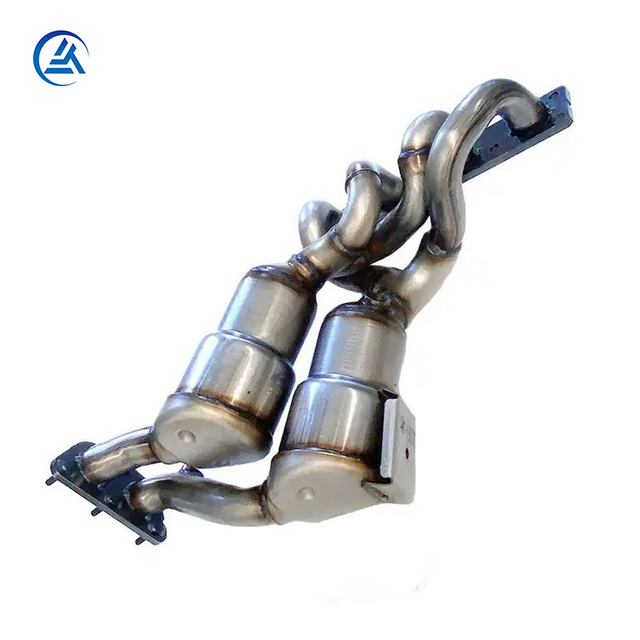Did you know that platinum plays a key role in your car’s catalytic converter? This precious metal helps reduce harmful emissions. But how much platinum is actually in your catalytic converter? In this article, we’ll dive into the amount of platinum and other precious metals used in these devices. You’ll also learn why platinum is essential for reducing toxic gases in car exhaust and what factors affect the amount used.
What is a Catalytic Converter?
A catalytic converter is an essential part of your vehicle’s exhaust system. It sits between the engine and the tailpipe, and its primary function is to reduce harmful emissions produced by the engine. The catalytic converter works by using precious metals to speed up chemical reactions that convert carbon monoxide, hydrocarbons, and nitrogen oxides into less harmful substances like carbon dioxide, nitrogen, and water.
Without a properly functioning catalytic converter, your vehicle would emit higher levels of dangerous gases. This can lead to not only environmental issues but also performance problems such as poor fuel economy, unpleasant exhaust odors, and even legal consequences for failing emissions tests.
Why is Platinum Used in Catalytic Converters?
Platinum is one of the three primary precious metals used in catalytic converters, alongside palladium and rhodium. Despite its high cost, platinum is chosen for its unique properties that make it perfect for this job.
Platinum is incredibly efficient at speeding up chemical reactions, a process known as catalysis. It plays a crucial role in oxidizing carbon monoxide and hydrocarbons in an oxygen-rich environment, which is essential for reducing harmful emissions. Platinum's high melting point and resistance to corrosion also make it ideal for the extreme conditions inside a catalytic converter, where temperatures can rise to over 1,000°F.

How Much Platinum is in a Catalytic Converter?
The amount of platinum in a catalytic converter can vary depending on the type of vehicle, the design of the converter, and its intended use. On average, a standard catalytic converter contains about 3 to 7 grams of platinum. This amount might seem small, but when you consider that platinum costs around \$31 per gram, it quickly adds up.
Larger vehicles, such as trucks and SUVs, tend to have larger catalytic converters, meaning they contain more platinum. Larger vehicles tend to have larger catalytic converters, meaning they contain more platinum. For vehicles with diesel engines, the platinum content may be lower, but the converters will still contain a mix of platinum, palladium, and rhodium. These combinations are optimized for the type of emissions they need to reduce.
Other Precious Metals in Catalytic Converters
While platinum is the primary catalyst in most converters, other precious metals like palladium and rhodium are also integral to their function.
Palladium: Palladium is often used in place of platinum in some catalytic converters, especially in lower-emission vehicles or those with smaller engines. Typically, a converter will contain 3 to 7 grams of palladium. The price of palladium is higher than platinum at the moment, with a gram costing around \$72.
Rhodium: Rhodium is another crucial metal found in catalytic converters, although in smaller amounts—usually between 1 to 2 grams. Rhodium’s primary role is to aid in the reduction of nitrogen oxides (NOx) into nitrogen and oxygen. Due to its rarity and the demand for it in both automotive and industrial applications, rhodium is the most expensive of the three metals, with a gram costing around \$287.

How Much Are Catalytic Converters Worth?
The value of a catalytic converter is largely determined by the amount of precious metals inside. The price of these metals fluctuates, so the value of a converter can vary significantly depending on market conditions. In 2022, for instance, the price of platinum reached \$997 per ounce, making a typical catalytic converter worth between \$100 to \$237 in platinum alone.
However, the value of a catalytic converter isn’t just based on platinum. Palladium and rhodium also contribute to its overall worth. For example, if a converter contains 3 grams of platinum, 5 grams of palladium, and 2 grams of rhodium, its scrap value could be several hundred dollars or more. Luxury cars and larger vehicles tend to have higher metal content, making their catalytic converters particularly valuable on the scrap market.
Platinum's Role in Reducing Emissions
As we discussed earlier, platinum plays a critical role in the chemical processes that reduce harmful vehicle emissions. It helps facilitate the oxidation of carbon monoxide and hydrocarbons, two of the most dangerous byproducts of fuel combustion. By converting these substances into less harmful compounds like carbon dioxide and water, platinum ensures that your vehicle meets emissions standards, reducing its environmental impact.
Platinum is especially useful in the high-heat environments of catalytic converters, as it resists wear and tear better than many other metals. Its ability to handle extreme conditions makes it indispensable in automotive catalysts, ensuring long-lasting performance even in the harsh conditions of a vehicle's exhaust system.

How to Extract Platinum from Used Catalytic Converters?
Recycling platinum from used catalytic converters is a valuable process that helps conserve precious metals and reduces environmental waste. The extraction process typically involves several steps:
Decanning: Removing the outer shell of the converter to access the precious metals inside.
Crushing and Milling: Breaking the catalyst material into smaller pieces to prepare it for further processing.
Chemical Treatment: Using acids to separate platinum from other metals.
Precipitation and Filtering: Isolating and purifying the platinum.
Smelting: Melting the refined platinum for use in new catalytic converters or other products.
This method is not only cost-effective but also an environmentally responsible way to recover platinum from used converters.
Conclusion
Understanding the importance of platinum in catalytic converters highlights not only its value but also its role in reducing harmful emissions. At Antian New Materials, we specialize in providing top-quality materials for automotive components, including catalytic converters. Our expertise ensures that your vehicle remains efficient while helping to protect the environment. If you’re considering recycling your catalytic converter, or if you have any questions about its components, we’re here to assist you every step of the way.
FAQ
Q: How much platinum is in a catalytic converter?
A: On average, a standard catalytic converter contains 3 to 7 grams of platinum. This amount can vary based on the vehicle's make, model, and year.
Q: Why is platinum used in catalytic converters?
A: Platinum is used because of its ability to speed up the chemical reactions that turn harmful gases like carbon monoxide into less harmful substances.
Q: Can I recycle platinum from a used catalytic converter?
A: Yes, platinum can be extracted from used catalytic converters through a process called smelting. It’s a valuable way to reuse precious metals.
Q: What other metals are found in a catalytic converter?
A: Besides platinum, catalytic converters also contain palladium and rhodium, which also help reduce harmful emissions.
Q: How does platinum affect the price of a catalytic converter?
A: The amount of platinum in a catalytic converter directly influences its value. Higher platinum content increases the overall price of the converter.














